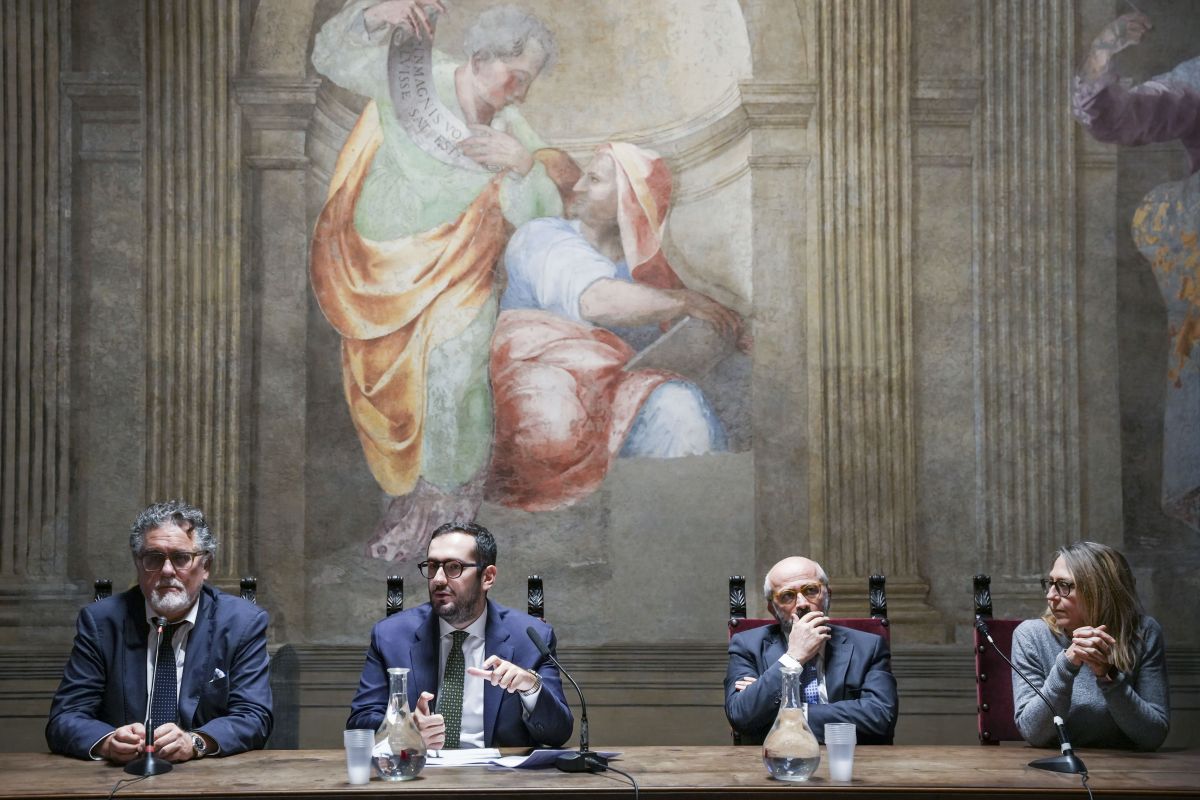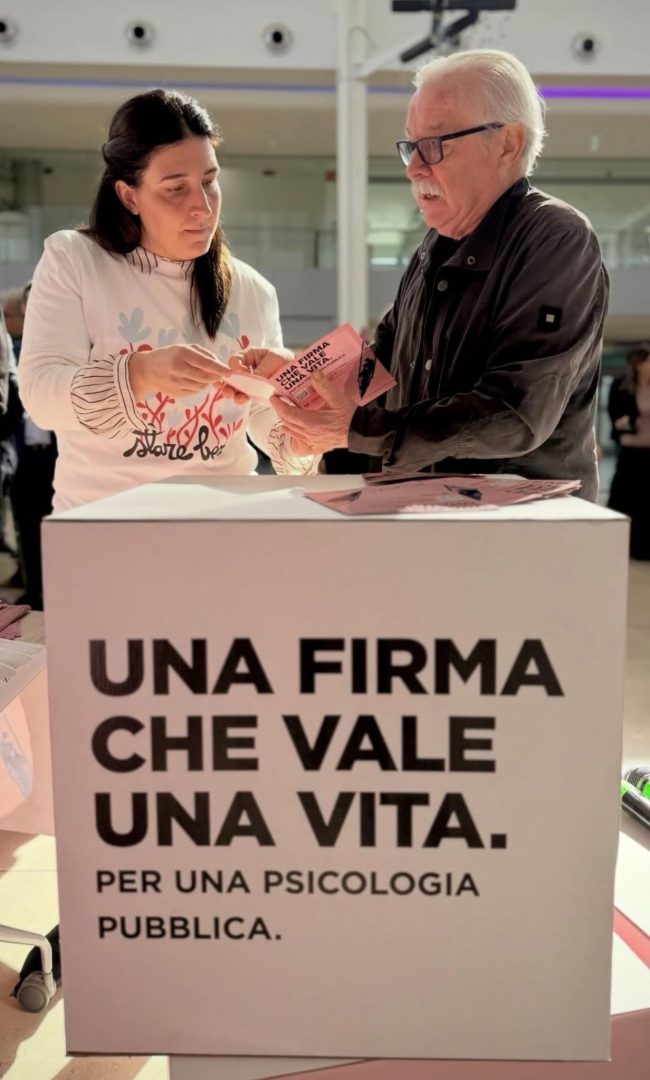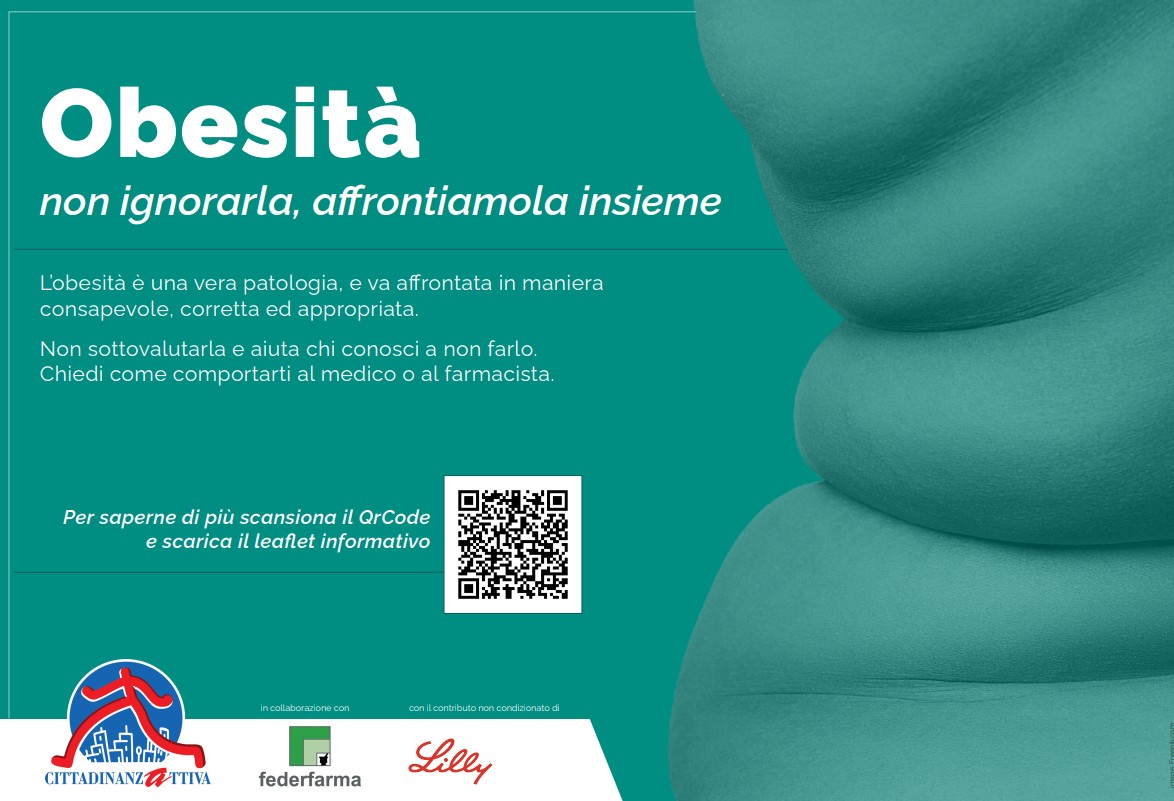ROMA (ITALPRESS) – The presentation of the Rare Disease Document took place in Rome: towards early and equitable diagnosis, in the presence of institutions, scientific communities and patient associations, which proposes a unitary reading of the main clinical and organizational priorities related to rare kidney diseases, highlighting the value of timely diagnosis and multidisciplinary and continuous care models. The appointment, realized with the non-conditional contribution of Novartis Italia, has represented a moment of structured comparison on rare neurological pathologies, with particular attention to glomerulonefriti, third cause of entry into dialysis. In his speech, Senator Raoul Russo, Member 5^ Commission of the Senate of the Republic, expressed the need for early recognition of pathologies and more extensive and functional use of digital technologies in support of treatment paths “instruments such as the Electronic Health Paper allow us to have accurate, customized and up-to-date data, fundamental to direct healthcare programming and rationalize public spending. Rare kidney disease requires dedicated patient diagnosis and taking networks: is the task of institutions to support organizational models capable of offering timely and appropriate responses to the specific needs of patients.” The Policy Paper identifies the main clinical and medical priorities in rare kidney disease, stressing the value of targeted screening in risky populations and the need for dedicated paths. An approach based on timely evaluations, taken into account multidisciplinary and coordinated follow-up, in fact allows to better manage the complexity of glomerulonephriti and to foster integration between different levels of care. During the presentation of the Document, Luca De Nicola, President of the Italian Society of Nephrology (SIN), noted the role of early recognition of glomerulonephriti and the importance of a continuous connection between general medicine and nephrology “the natural history of rare kidney diseases can be changed only by intervening in the initial stages, with screening aimed for early identification and tailored care paths. Recognising early signs means anticipating the patient’s sending to the specialist, so as to ensure timely access to the most appropriate therapies, with a more efficient use of the SSN resources.” During the meeting Loreto Gesualdo, President of the Italian Federation of Medical-Scientific Societies (FISM), drew attention to the clinical nodes highlighted by the Technical Document, underlining how rare kidney diseases are still penalised by diagnostic delay and the difficulty of making fully accessible therapeutic options available today “the experience of reference centers confirms that an integrated strategy between delays, mmg, nephrology and laboratory. A coordinated grip allows you to first identify serious forms and ensure access to innovative therapies, improving the quality of life of patients.” The point of view of patient associations, represented by UNIAMO Federazione Italiana Malattie Rare with the intervention of Marcello Bettuzzi, and by Progetto DDD ETS through the contribution of President Fabrizio Spoleti, stressed how early access to diagnostic tests and specialized centers is fundamental for patients with rare kidney diseases, often young and inserted in complex paths. The Associations also highlighted the need for clear, recognizable and homogeneous paths on the territory, based on the collaboration between reference centers, clinical networks and families. It also centralizes the role of training and information, especially for pathologies such as DDD, rare glomerulopathy that can arise in pediatric age, where coordination between clinicians, researchers and patients guides the path of care and facilitates access to emerging therapies. The Policy Paper presented today is an operational tool to support public decision-makers, able to contribute to the definition of targeted screening for rare kidney diseases and the structure of paths dedicated to the different forms of glomerulonephriti. -photo press office Esperia Advocacy –(ITALPRESS).






